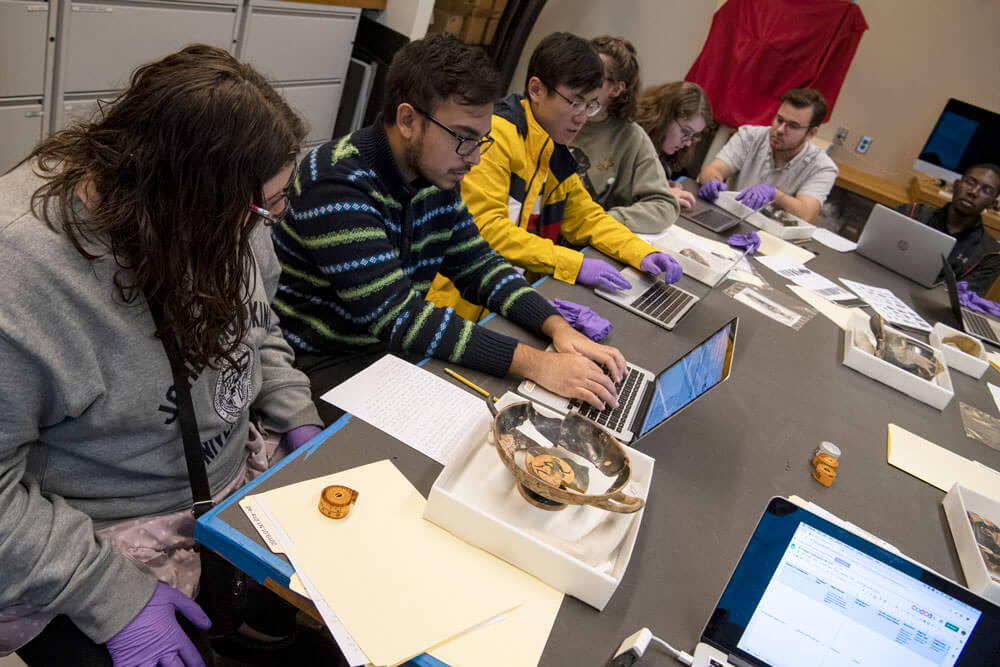Near Eastern Studies

The roots of civilization.
The Ancient Near East is where history begins—where the first crops were sown, the first towns built, and where writing was first invented. Through research and fellowship opportunities and access to our Archeological Museum, you can study the civilizations of the ancient Near East in general or specialize in one of the four main areas: Northwest Semitic languages and literatures (including Biblical studies), Egyptology, Assyriology, and Near Eastern archaeology.
CLASSES YOU MIGHT TAKE

Everything She Says Is Done for Her: Exploring the Spheres of Influence of Women in Ancient Egypt
How did women move within their gendered spheres of influence in ancient Egyptian society? How do scholars discuss women in the ancient world and what are the spheres influence often allotted to women? How can we investigate the lives of women through the material record? What methodologies are applied by scholars to study women in antiquity? This course seeks to explore these questions and much more.

After Babylon: Mesopotamia From Athens to Anime
We’ll explore how ancient Mesopotamian art, literature, history, and culture have been transmitted from the fall of Babylon in 539 BCE to the present day and the ways in which they have been adapted and transformed.

Digging for Legitimacy Archaeology, Museums, and Ideology
To this day, the discipline of archaeology is still saddled by its colonial past and the Hollywood interpretation of archaeologists as saviors of ancient treasures. You’ll engage with the historical, legal, economic, and ethical implications of archaeology and analyze how political, religious, cultural, and academic institutions have leveraged archaeology and cultural artifacts to reify and legitimize their pursuits and ideologies.
Faculty Spotlight

Join the Club
Hopkins students are eager to pursue their interests outside the classroom. With 450+ student-led organizations, here are just a few you could join: